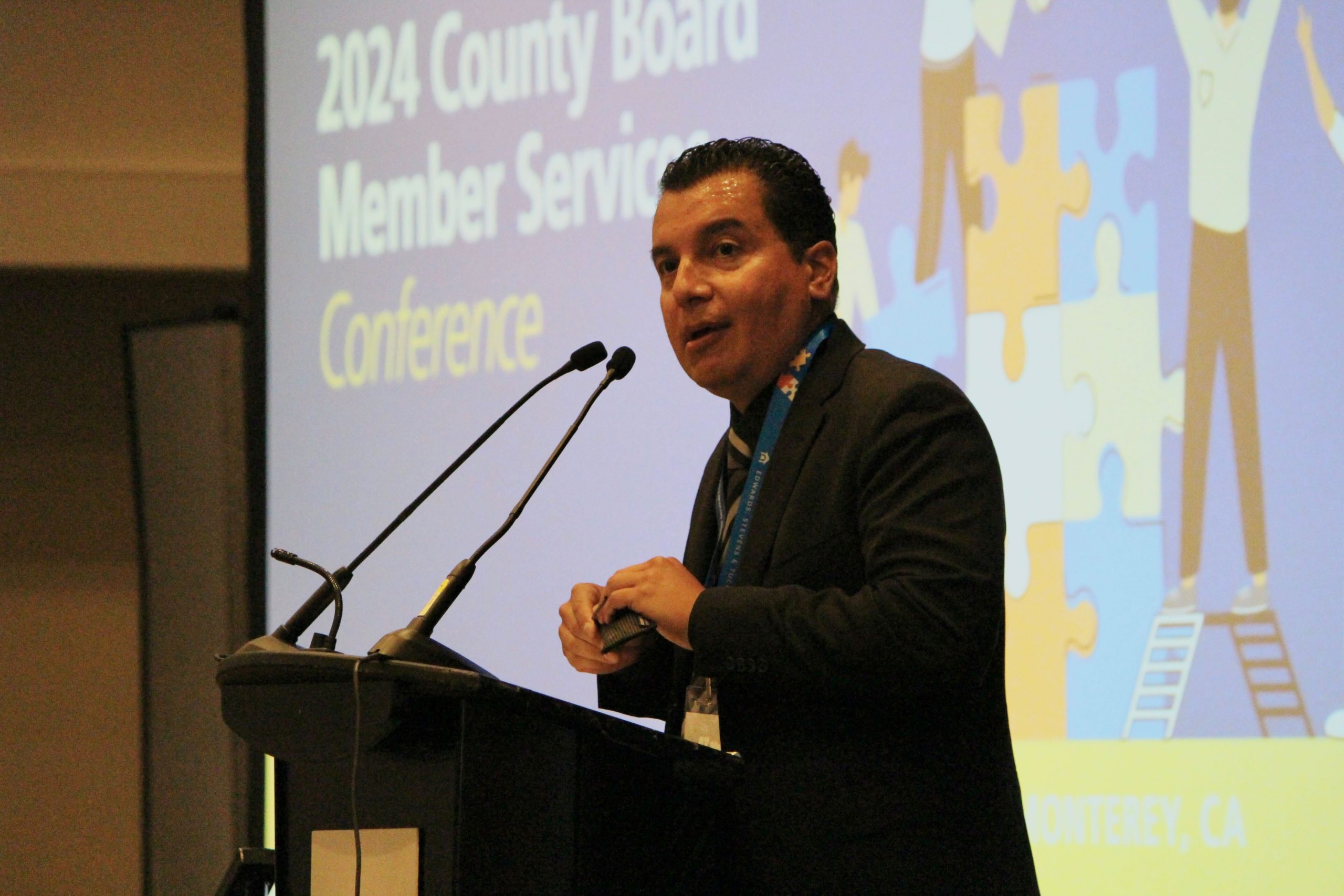There are many new board members in the state who have never been through the process of negotiating labor contracts during tough economic times. Yet, even for seasoned trustees, new challenges related to the state’s massive budget deficit, declining enrollment and the end of one-time COVID funding are likely to arise as collective bargaining takes place.
To help local educational agency trustees prepare for and ideally avoid significant conflict with labor partners, CSBA hosted a webinar May 1, “Strategies for Collective Bargaining in Tough Financial Times,” featuring a panel of legal experts discussing strategies and guidance for negotiating labor contracts when funds are scarce.
Several key themes that emerged included the board’s role in setting the vision and direction as negotiations occur, sharing authority and power with the lead negotiator, being transparent with the community without negotiating in public, maintaining the LEA’s fiscal solvency, and creating a collaborative and trusting atmosphere.
“When we think about bargaining, especially as a board member, I think it’s important to remember that as the board, you’re setting the parameters,” said Matt Phillips, director of Management Consulting Services for School Services of California. “You’re setting the direction, then you’re trusting the team to come up with a strategy for implementing that direction. The quickest way to a settlement, in my opinion, is to have a unified board.”
It’s vital that trustees become comfortable with this process, as collective bargaining is likely to take place more often going forward, explained Jon Pearl, attorney at Dannis Woliver Kelley.
Most collective bargaining agreements last three years, but aspects including salary and health benefits can be reopened each year — something the panel said seems to be happening more often.
“I wouldn’t be surprised as we head into tough times if we start seeing fewer and fewer three-year agreements; where both sides might just be interested in a one-year agreement,” Pearl said. “We wait and see what’s going to happen economically so that we have full flexibility to open certain articles if that’s what the district or the union chooses to do.”
Kristin Lindgren-Bruzzone, CSBA General Counsel, detailed the increase in strikes, calling it an evolving issue that trustees should be aware of.
Misunderstanding of cost-of-living-adjustments are a crucial driver in strikes, Phillips said. Being willing and able to explain the ins and outs of how a COLA from the state translates into a COLA at the local level — and how this is impacted by declining enrollment — could reduce some tension at the bargaining table.
Community engagement
CSBA Chief Communications Officer Troy Flint outlined strategies to improve community engagement during and beyond the negotiation process.
“There’s a lot of context you have to provide in order for people to view your position in collective bargaining in the proper light, because for the most part, the unions and bargaining units are going to want to keep it very concentrated on, ‘What are our demands? What is the pay increase that we’re seeking and why is the district or COE not meeting it if they say that they value teachers and staff?’” Flint said. “So, the obligation, the onus is on you to provide the broader picture of the constraints that you’re working in.”
This should be happening well before LEAs take to the bargaining table, he noted, and it is an important part of countering the perception that districts and county offices of education are flush with cash from COVID relief funds. It’s important to explain, in as simple terms as possible, the impacts of that funding expiring amid declining enrollment and in the face of likely state cutbacks.
“All of this factors in,” Flint continued. “It’s not a lack of respect for teachers, it’s the realistic assessment of the environment and what’s needed not just to provide for the here and now, but a district that can be sustained through the long term.”
Strategies for bargaining
General strategies that the panel dug into included working as a team, being flexible, remaining transparent, authorizing your team to regularly communicate about negotiations, and understanding that, while it isn’t ideal, reaching the impasse process is not necessarily a failure.
“I don’t think the rules have changed as far as bargaining goes in tough economic times versus great economic times — some of these things are just absolutes — universal,” Pearl said. “We need to be prepared, principled and we need to show ourselves as being reasonable.”
Other topics covered during the webinar include the impasse process and fact finding, meeting Brown Act requirements in discussing negotiations, challenges of a board member being a part of the negotiating team and common topics beyond pay that could appear at the bargaining table.





